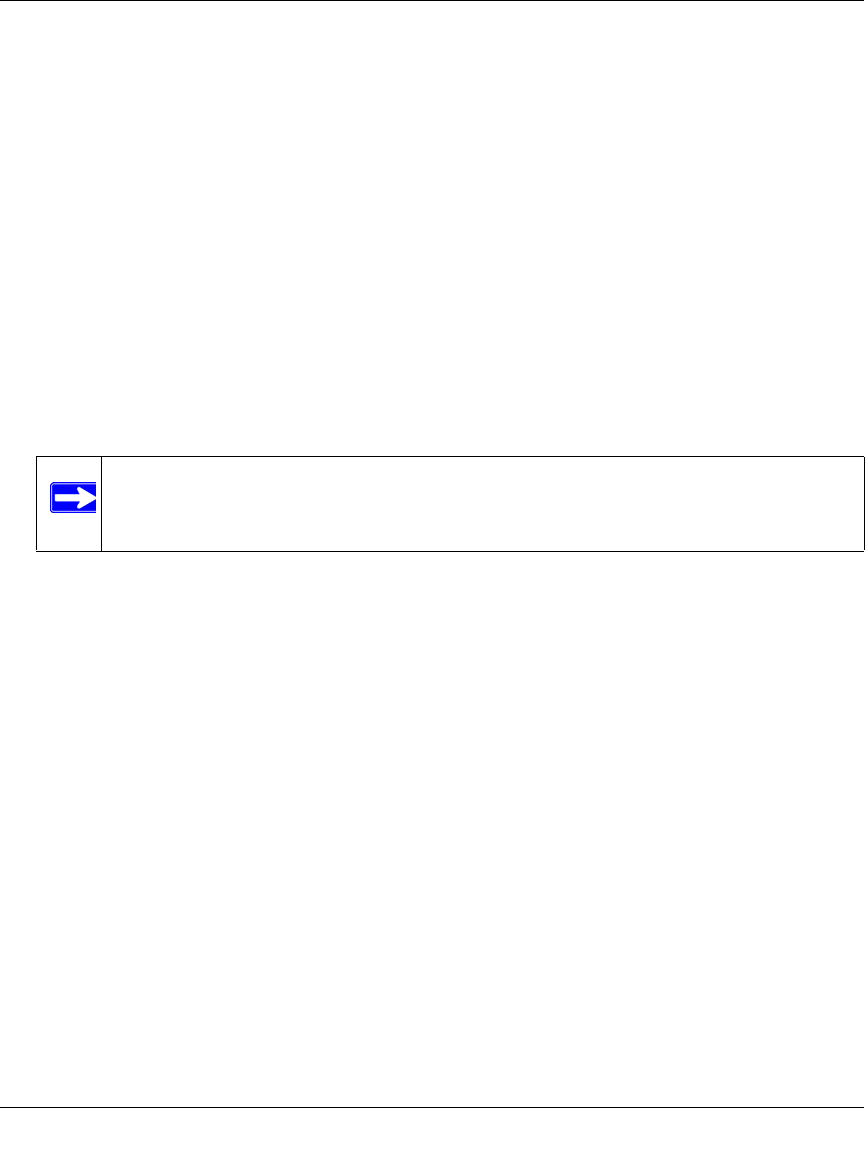
GS700TS Smart Switch Software Administration Manual
3-9 Managing System Settings
v1.0, June 2009
• Inter-unit Stacking Link Failure
• Unit Insertion
• Removal of a Stacking Unit
Operation Modes
A stack unit can operate in one of the following modes:
• Standalone – Indicates the device is operating as a single unit and is not connected in a stack.
• Stacking Master – Manages the stacking configuration for all stack members.
• Secondary Master – Operates as a backup to the Stacking Master. If the Stacking Master is no
longer operating, the Secondary Master takes over the stack management.
• Stacking Member – Indicates a device within the stacking topology. The stacking member
receives its device configuration from the Stacking Master.
This section provides an introduction to the user interface and contains the following topics:
• “Understanding Stack Topology”
• “Stacking Ports”
• “Stacking Members and Unit No.”
• “Removing and Replacing Stacking Members”
• “Inserting a Stacking Member”
• “Exchanging Stacking Members”
• “Switching the Stacking Master”
• “Stack Configuration and Management”
Understanding Stack Topology
Stacked devices operate in a Ring or Chain topology. The Ring topology connects all stacked
devices in a circle. Each stacked device accepts data and sends it to the device to which it is
physically connected. The packet continues through the stack until it reaches the destination port.
The system automatically discovers the optimal path by which to send traffic. A Chain topology
Note: When creating stacks, ensure the same connection cable types are used
throughout the stack. For example, use either all fiber cables or all copper
cables.


















